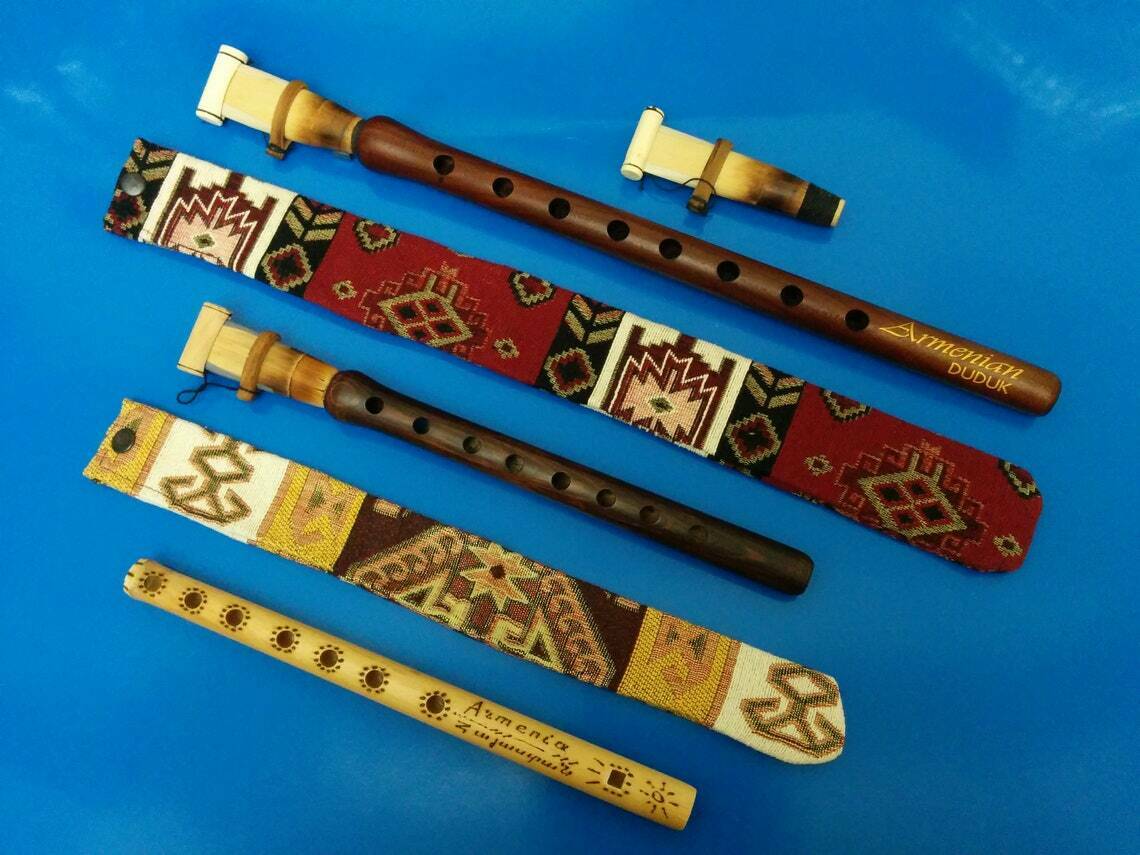-40%
Guanzi in G key, double reeds wind
$ 73.39
- Description
- Size Guide
Description
Product Information:Materials: Blackwood and Tin
Maker: Gao Junxian, the indicated maker by Professor Hu Zhihou of Central Conservatory of Music, China.
Key: G key
Natural scales: d1, de1,#f1,g1, a1 b1 (c1 shares the same finger chart), d2, e2, #f2 (e2 share the finger chart), g2, a2, b2, c3, d3
Reeds: Double reeds
Dimension: Length 24.50cm
Weight: 9.8oz (0.27KG) with soft bag
One
free reeds
is within the package
Shipping: 1 day shipping in the US, please check
Shipping and Payments
to other countries. Shipping in 24 hours. We accept all major credit cards and PayPal is perfect.
Check out my
other items
! Be sure to add me to your
favorites list
!
An Introduction to the Guanzi
:
(from www.melodyofchina.com)
The instrument, originally from Kuche in Central Asia, was once under the name of
bili
and is now popularly called
guanzi.
Its deep and plaintive tone has given the instrument another name
bili
, which means the "sad oboe". The Tang poet BAI Juyi (772-846) wrote about its great effectiveness:
Frost moon shines high on the wall of Runzhou,
Such a night inspires the sound of oboe.
In the hills and rivers motionless all become quiet,
Fish are motionless and monkeys cry.
During the Sui and Tang period (581-907) the
bili
was adopted commonly in court orchestras. In the music-teaching institute of the Song dynasty (960-1279) a section for the
bili
was set up. Because of its frequent leading position in the orchestra, it was also termed as
touguan
(the principal instrument). The type used in the folk music after the Song dynasty was mostly made of bamboo, and later of red sandal, and bound with metal rings or tin hoops on booth ends.
The instrument is suitable for a stirring or tragic mood, able to create a strong local flavour.














